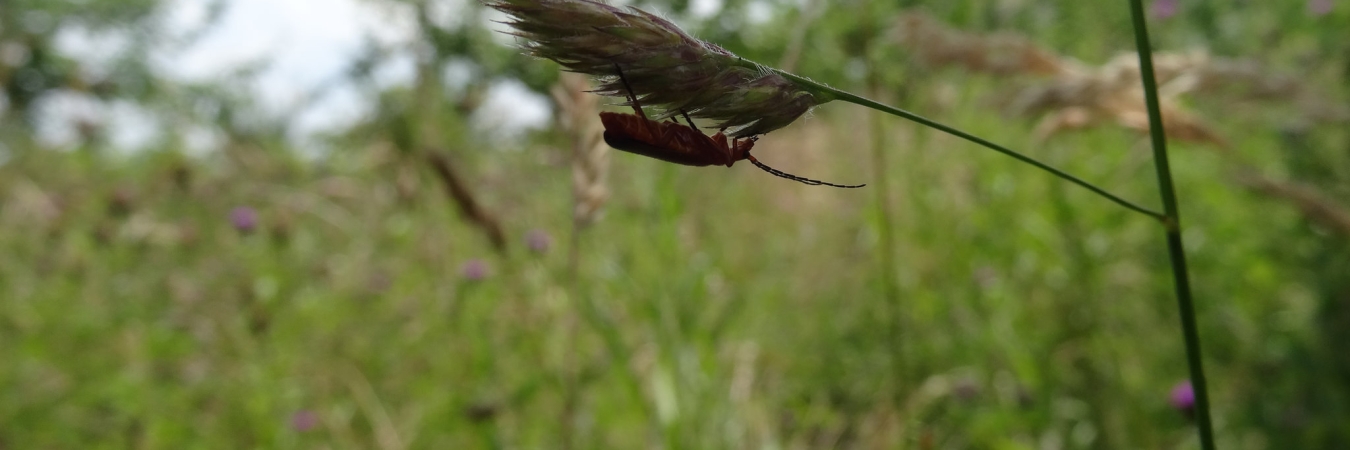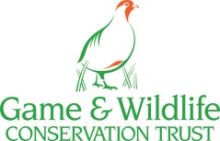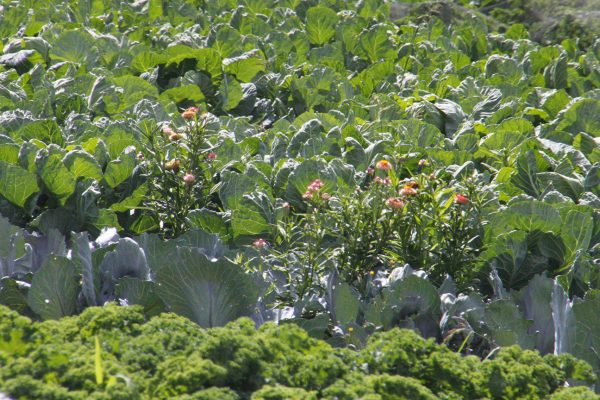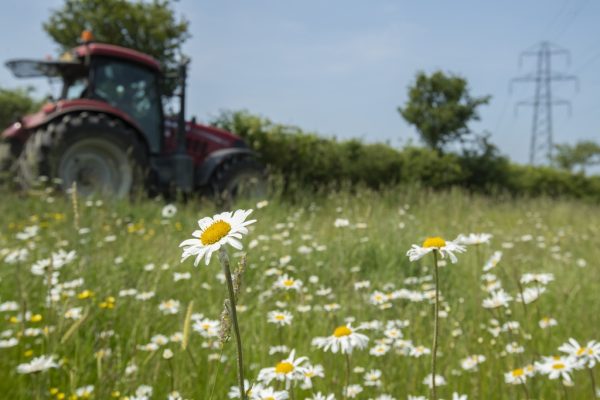Beetle banks
Resource explained
Predatory insects and spiders can significantly reduce pest species in crops if provided with suitable overwinter habitat from which they can spread across the field in spring. Such habitat is provided by beetle banks. These are mid-field or field-side banks of earth that provide refuge habitat without interfering with normal cultivation. This webpage of the Game & Wildlife Conservation Trust (GWCT), with a video and link to further reading, describes why and how to establish the perfect beetle bank to benefit a variety of farmland wildlife; from beetles to birds.
Findings & recommendations
Problem:
- Today there are fewer hedgerows than in the past and field boundaries tend to be of poor quality, meaning there is less suitable overwintering habitat available for predatory insects and spiders. Furthermore, after emerging in the spring it can take these predators (many of which are flightless) several weeks to reach the centre of large fields.
How to build a beetle bank:
- Create an earth bank approximately 2m wide and 0.4m high through two-directional ploughing and sow with a suitable grass mix containing tussock and mat-forming species. Further improve the wildlife value of the bank by sowing wild flowers and bushes alongside the bank (see article and further reading link for suggested plant species)
Benefits:
- Huge winter densities of predatory insects and spiders are found in beetle banks, leading to a significant reduction of crop pest species. Other farmland wildlife, such as grey partridges, hares and harvest mice also benefit from beetle banks which provide them with food, shelter and nest sites.
- Beetle banks are easy to maintain, only requiring mowing in the first year (to allow for dense establishment of the mix and to stop problematic weeds from producing seed heads), after which they are best left unmanaged. Suitable habitat for predatory insects and spiders are created within 2-3 years.
Peter Thompson from the GWCT explains the benefits to wildlife of beetle banks in this video footage taken during a farm tour at Overbury.
Also see the section on beetle banks (page 318) in chapter 19 of Biodiversity and Insect Pests: Key Issues for Sustainable Management that describes research findings carried out at the GWCT and other supporting research:




